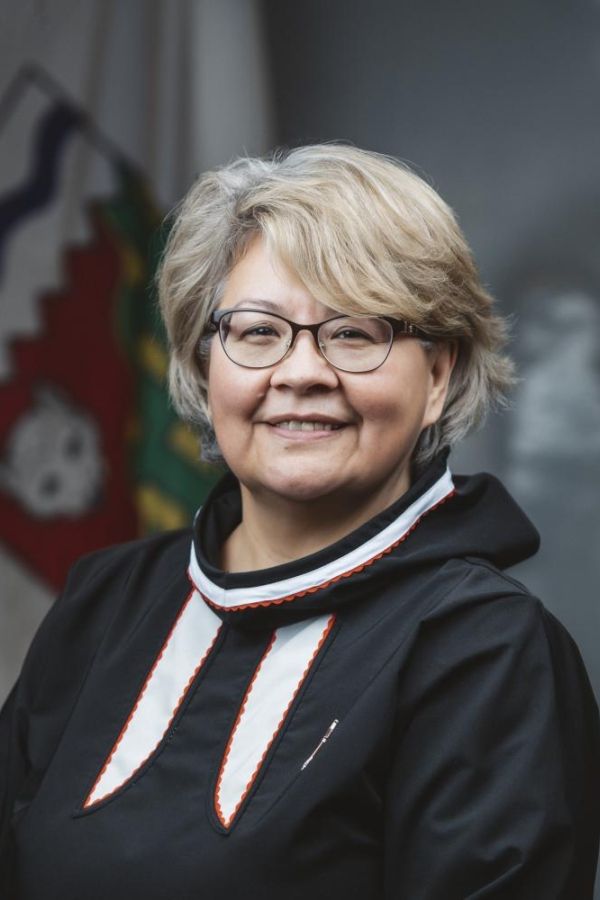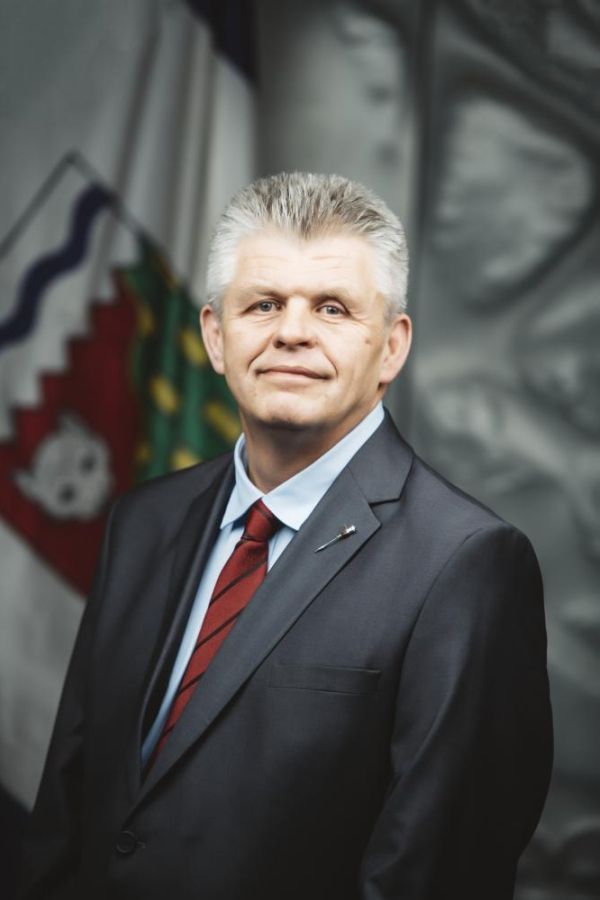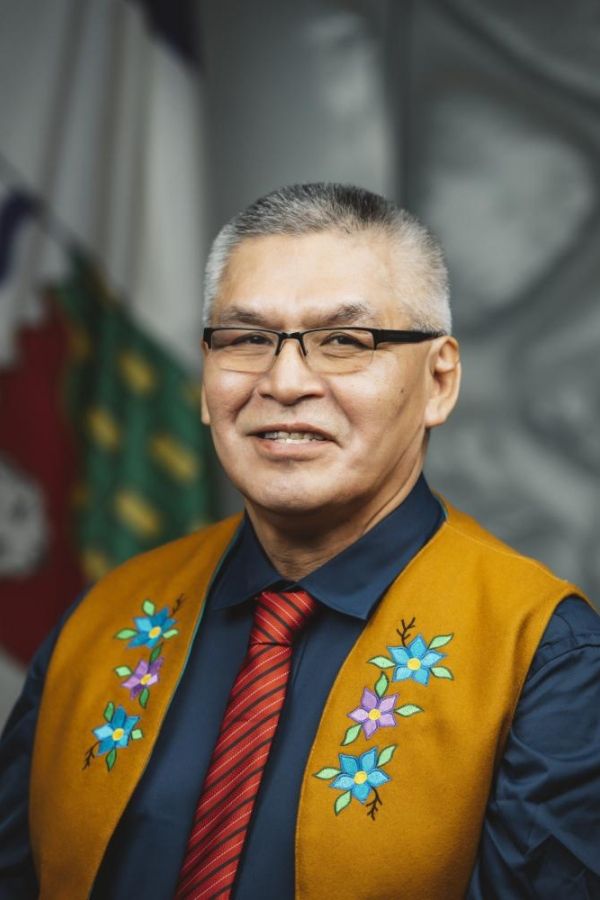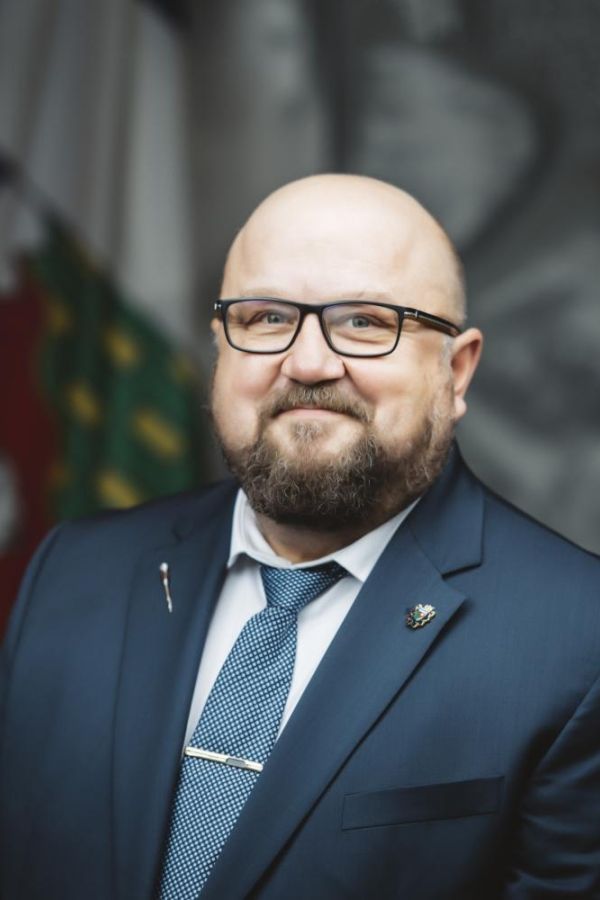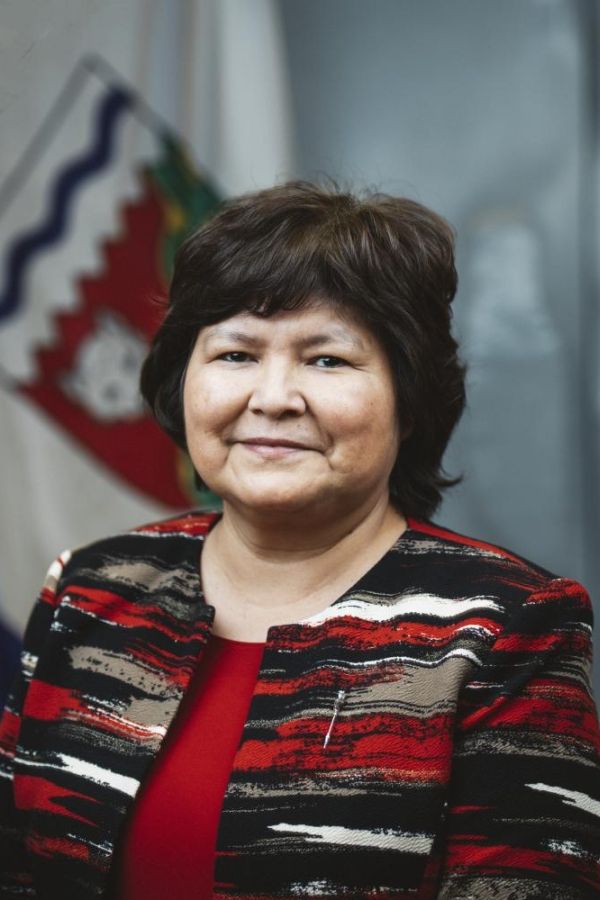Debates of October 31, 2024 (day 36)
Question 411-20(1): Planning for Northwest Territories Power Grid

Thank you, Mr. Speaker. Mr. Speaker, earlier today, the Minister talked about -- Minister responsible for the Power Corporation -- sorry, I had to remember who it was -- talked about the general rate increase of 24 percent, and she mentioned that part of this is because we're not connected to the grid. And due to our limited economic growth, we're squeezing the ratepayers of the Northwest Territories because there's no one else to charge, and because we're isolated, we're on our own. So I'd like to ask the Minister, what is the plan to solve this structural problem? If we never connect to the grid, we're never going to solve this. This is an unsustainable power system, and it's breaking the backs of Northerners at a time when they can't afford to pay a penny more. So what is the Minister -- I would say Minister of Infrastructure's plan, or maybe power corporation, to solve this challenge and connect us to the grid?
Thank you, Member from Range Lake. Minister of Infrastructure.

Thank you, Mr. Speaker. Mr. Speaker, we need to increase the transmission connections across the Northwest Territories. We need to not have 20 some individual micro grids, not have two disconnected hydro systems north and south of the lake. So, Mr. Speaker, it is certainly our hope that, again, in this capital budget, we are hoping to get to a place where we can connect the communities of Kakisa and Fort Providence into the southern hydro grid, hoping to advance work with the Tlicho government to see the Whati hydro project connected into the northern grid, and also hoping to see within this capital project advancement of the Taltson project which would connect those two grids.
Mr. Speaker, Taltson expansion also includes at phrase 3 looking to go south and to connect us into the grid, in the North American energy grid. Mr. Speaker, it is somewhere between $700,00 and $1.2 million per kilometer to send -- to construct this transmission lines. So building our lines south, given the distance we would have to cover to connect, certainly wouldn't solve the problem by itself. If we can interconnect ourselves, we would be able to use surplus energy from the southern Taltson system up to the North and to have redundancy in the North so that communities can move power between them.
And then last but not least, Mr. Speaker, fixing a lot of the power policy systems that we have which would be in concert with the public utilities board so that we can do things like increase our independent power produces in small communities so that they can be selling back, improve net metering so that individual residents can be actually relying on solar but not taking from the grid in a way that it makes it dysfunctional. A whole suite of these kinds of changes can also add to our overall resiliency and change the way that we are delivering electricity in the North. Thank you.

Thank you. Thank you, Mr. Speaker. And I'm interested in pursuing those policy changes because we need to be able to get more renewables into these systems. We need to increase our resiliency. So the Minister spoke about a lot of nice things. We know the timeline of what's in this capital budget. What about those policy changes, when are we going to start working on those? Thank you.

Thank you, Mr. Speaker. Mr. Speaker, some of those policy changes have been under development for many years. I've not been in this role a whole year yet myself, but I can say that a lot of research has been done in the Department of Infrastructure, working with colleagues across -- in -- colleagues in the Northwest Territories Power Corporation, other utilities, Indigenous governments, consultations. And Mr. Speaker, I am very much looking forward to an opportunity to start to bring some of those forward I was going to say as soon as possible. I know that people like to have more specific timelines than that but that's, right now, one of the best that I can say. But, again, those -- that effort has been done. Research has been happening. And it's a time for -- it's time to have an opportunity to bring it forward. It does need to go through the process of coming forward from a department, going through Cabinet, and going to colleagues on the other floor -- the other side of this House, but I am confident that we'll be getting there very soon. Thank you.

Thank you, Mr. Speaker. Mr. Speaker, these ever-increasing rate increases are putting so much pressure on Northerners, many of them are leaving their communities. Does the Minister believe that the subsidies that are being rolled out to cushion -- cushion these rate increases are sufficient? And how does she know that? Thank you -- what went into the calculation? Thank you.

Mr. Speaker, the territory is in a situation right now where every resident is, I would say, feeling the pinch of increased prices and some much more than others, particularly in smaller communities and in more remote communities, communities that were already paying -- well, the entire Northwest Territories is paying the highest electricity rates anywhere in Canada, which is a message that I have carried to anyone south of the border that will listen. And small communities are paying the highest rates anywhere of those. The Sahtu is paying, as I understand it, the highest rates of anywhere in the Northwest Territories. So that, again, as I've said, the message that I'm certainly trying to get to anyone who is listening down south, including our colleagues in Ottawa.
As far as subsidies go, Mr. Speaker, we are paying significant amounts directly, as I described earlier, on the major kinds of capital projects that were overdue to get done. The Taltson facility was built in the '60s. It needed an overhaul. The Inuvik wind project was an effort to fundamentally change the delivery of electricity in Inuvik. It's doing so. It has faced some unusual cost increases and so we've stepped in as a government to not let the ratepayers be responsible for that. We're stepping in on the Taltson overhaul to not let the ratepayers be responsible for that. Again, owing to some unusual -- and I'd say really tieing back to the wildfires, some of the unusual things that occurred there.
There's a territorial porous port program, Mr. Speaker. It brings everyone down to Yellowknife's rate. Yellowknife's already paying the highest rates anywhere in Canada, Mr. Speaker, but it brings us at least down to the Yellowknife rates.
Mr. Speaker, the federal government has done things, and I'm surprised no one's asked me about it, the federal government has done things of late to try to lower prices in other jurisdictions that don't have a borrowing limit. I'm under a borrowing limit, Mr. Speaker. I can't take the low interest loan from the federal government and put it to the Northwest Territories Power Corporation because we're under a borrowing limit. It is a challenging situation, Mr. Speaker. But we know that the residents can't face a 25 percent hike. People can't handle that. So the government will continue to find solutions through different supports mechanisms, whether it's a direct contribution, whether it's a subsidy, and we're going to do those calculations and need to give the public utility board the time and the space to do their process. We're going to be watching closely, and we're well aware that residents can't handle 25 percent. Thank you.
Thank you, Minister of Infrastructure. Final supplementary. Member for Range Lake.

Thank you, Mr. Speaker. Mr. Speaker, you know who's not under a borrowing limit? Private companies like ATCO and other private power producers that operate in southern jurisdictions who could be willing partners in helping solve these challenges. Why are we continuing to support the public corporation that's not lowering costs, that's not transitioning us to clean energy, and is only making things more expensive for Northerners? Have we considered privatization? Thank you.

Thank you, Mr. Speaker. Mr. Speaker, if there's a private company out there that thinks they can make money selling power in the territories without a large industrial consumer, I am open to hearing about it. Right now, Naka Power obviously saw themselves chosen against in Hay River and, unfortunately, that led to ten years of litigation. But the decision by the PUB to allow that sale to go forward is what has now led to the filing of the GRA. So, again, individual communities can make their choices about distribution agents. Naka Power is a private corporation. They draw private rates. They make a profit, which is perfectly permitted for the private sector. The power corporation has one shareholder that does not draw a dividend. The GNWT does not take a dividend off of the Northwest Territories Power Corporation. We are quite the opposite, trying to maintain power supply across the Northwest Territories as that shareholder. So, again, Mr. Speaker, we speak to the Northwest Territories Power Corporation a lot about what we can do to increase power consumption, including through increasing incentivising heating use or heat -- electrical heating, an EV corridor, partnerships with the mineral resources sector, anything and everything, Mr. Speaker. I am happy to have anyone come and buy the power to bring the rates down for everybody else. Thank you.
Thank you, Minister of Infrastructure. Colleagues, our time is up for oral questions. Oral questions.





